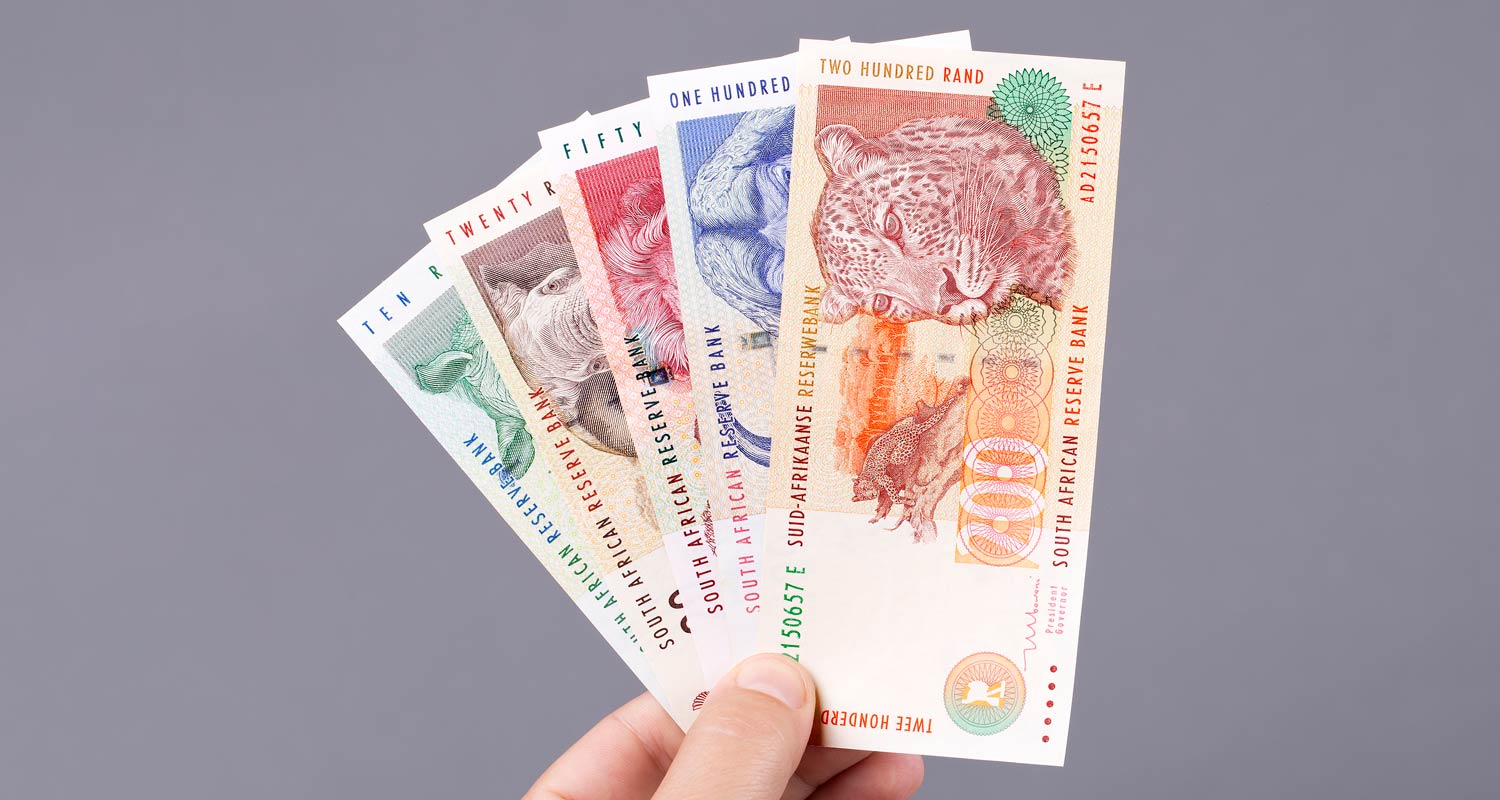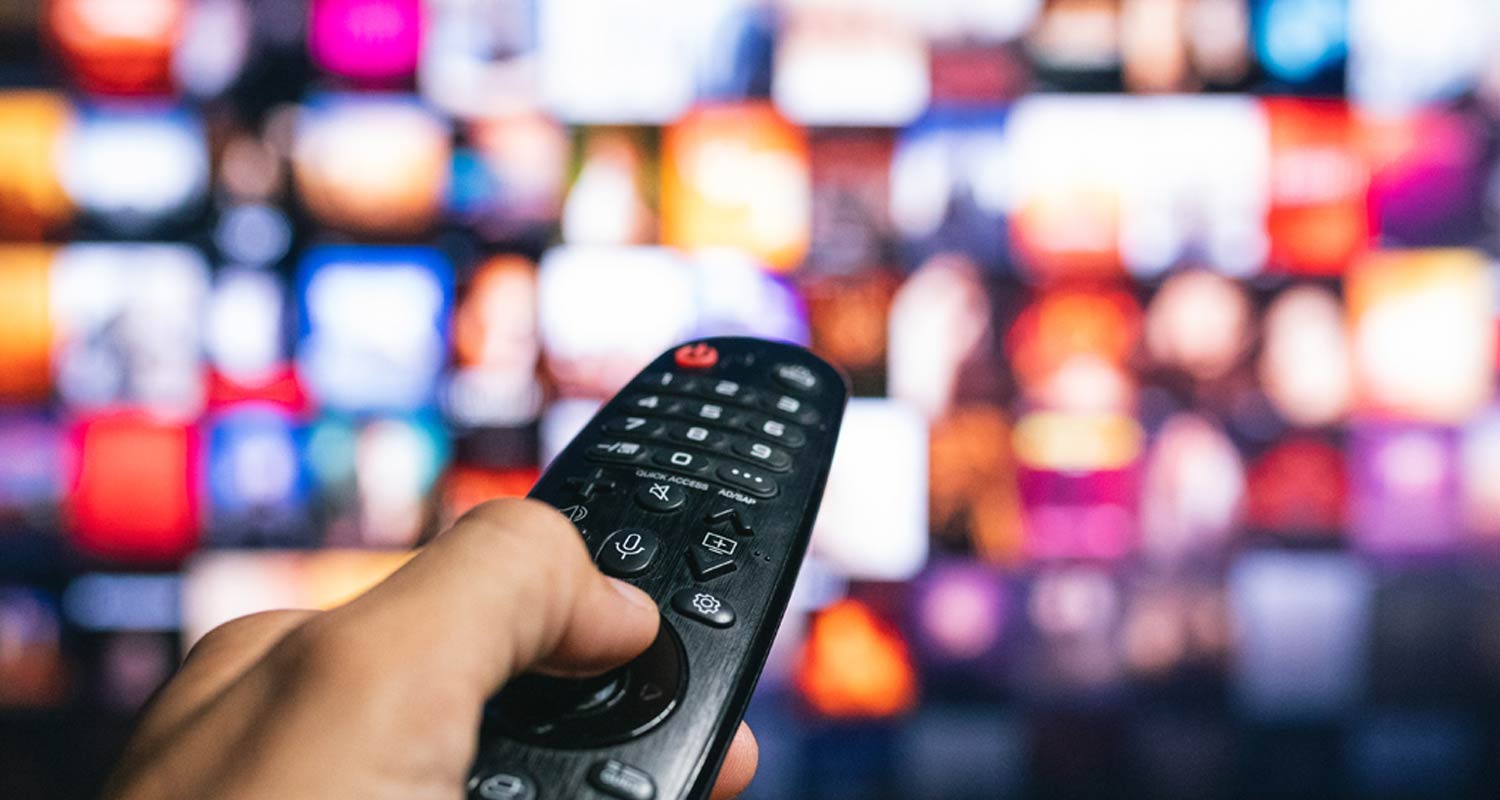 The subscription economy clearly got out of hand during the pandemic. The popularity of software and streaming as-a-service gave way to monthly payment plans for everything from toothbrushes to printer cartridges. Iced tea, lipstick and avocado subscriptions felt like a model jumping the shark.
The subscription economy clearly got out of hand during the pandemic. The popularity of software and streaming as-a-service gave way to monthly payment plans for everything from toothbrushes to printer cartridges. Iced tea, lipstick and avocado subscriptions felt like a model jumping the shark.
The hype has thankfully faded somewhat, as cost-conscious consumers ditch their Peloton Interactive bikes, swipe left on Match Group’s Tinder and close the lid on meal-kit boxes.
Subscription-focused companies have underperformed the wider stock market; some have even dropped the model. When Logitech International’s boss recently floated the notion of a subscription mouse — a software-enabled computer peripheral that would be continually updated — an instant online backlash prompted a statement from the company that it had “no plans” to introduce such a product.
Yet the bigger test may lie ahead for a market that’s still on course to reach almost US$1-trillion by 2028, a 68% increase, according to Juniper Research. Subscriber fatigue is still with us, but firms are tweaking rather than reversing their approach to squeeze more revenue out of resilient yet picky consumers. A majority of US adults surveyed in March said they pay too much for subscriptions, while more than half of UK consumers said last month they were concerned about their rising cost.
Deals that seemed too good to be true are getting stingier, with UK chain Pret A Manger’s coffee-as-a-service less generous than before. Popular streaming services like Disney+ are hitting parents of Frozen-loving toddlers with price hikes of as much as 25%, stoking “streamflation” at a time when other goods like groceries are getting cheaper. Almost three-quarters of subscription businesses intend to raise prices this year, according to Chargebee.
The ‘forever transaction’
What happens next will reveal where the power really lies in what’s been dubbed the “forever transaction”. Subscription-business fans say it’s a “win-win” where buyer and seller both benefit: the company gets recurring revenue and lucrative data without having to chase new business, while the customer gets convenience and a good deal. It’s clear that a service like Spotify Technology, which costs less per month than one $14 album, is a steal (even if there might be other good reasons to switch to a rival streaming platform).
As long as there’s value for money, clients will stay put, the theory goes. But reality doesn’t always support this vision of rational self-interest. Consumers tend to overestimate how much they’ll use a subscription — the classic example is the gym membership that’s never used. The Netflix equivalent is scrolling through lists of potential things to watch before giving up and returning to Seinfeld.
Read: DStv prices hiked for 2024 – all the details
Consumers also overestimate their ability to cancel subscriptions. People are less alert to incremental sums leaking from their bank account, with 41% of people having no system in place to manage subscriptions. That makes them vulnerable to creeping price hikes: most people surveyed in 2021 underestimated their average monthly subscription spend. It also makes them more likely to simply forget to cancel: one paper last year co-authored by Stanford economists estimated subscriber inattention might increase revenues by between 14% to more than 200%.
 To really call time on an oversubscribed society, there will need to be more consumer protection and advocacy. Forgetting to cancel is one thing, but regulators in the US and Europe see evidence of large-scale subscriber “traps”. The US Federal Trade Commission in June sued Adobe, alleging the company didn’t adequately disclose cancellation fees costing hundreds of dollars to annual subscribers of tools like Photoshop. (Adobe said it will challenge the claim in court.) And consumer resistance can work where greed goes too far, such as when BMW shelved plans to charge $18/month for software-enabled seat warming.
To really call time on an oversubscribed society, there will need to be more consumer protection and advocacy. Forgetting to cancel is one thing, but regulators in the US and Europe see evidence of large-scale subscriber “traps”. The US Federal Trade Commission in June sued Adobe, alleging the company didn’t adequately disclose cancellation fees costing hundreds of dollars to annual subscribers of tools like Photoshop. (Adobe said it will challenge the claim in court.) And consumer resistance can work where greed goes too far, such as when BMW shelved plans to charge $18/month for software-enabled seat warming.
Failing that, what about a subscription that could help consumers add up the opportunity cost of all the others? One Wall Street Journal reporter says he was able to cover the monthly payments on his Tesla by cutting $358 in unused subscription spending. Throw in a copy of Frozen and maybe the streamflationistas will finally have something to worry about. — (c) Bloomberg LP



 1 month ago
71
1 month ago
71









